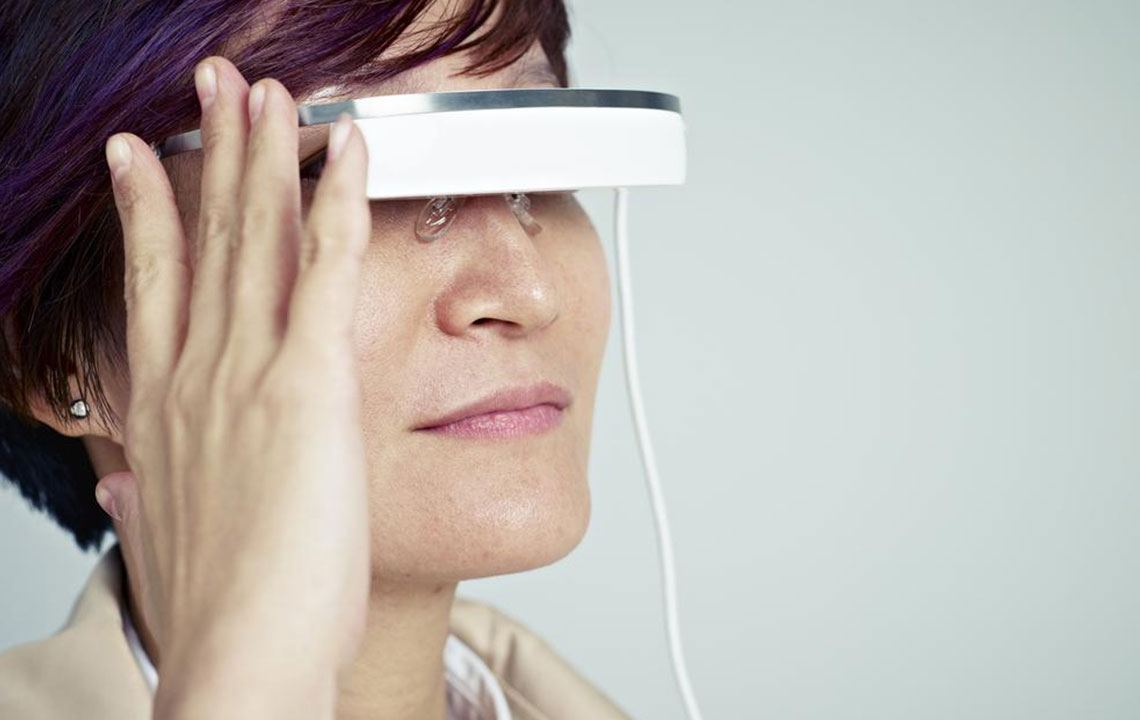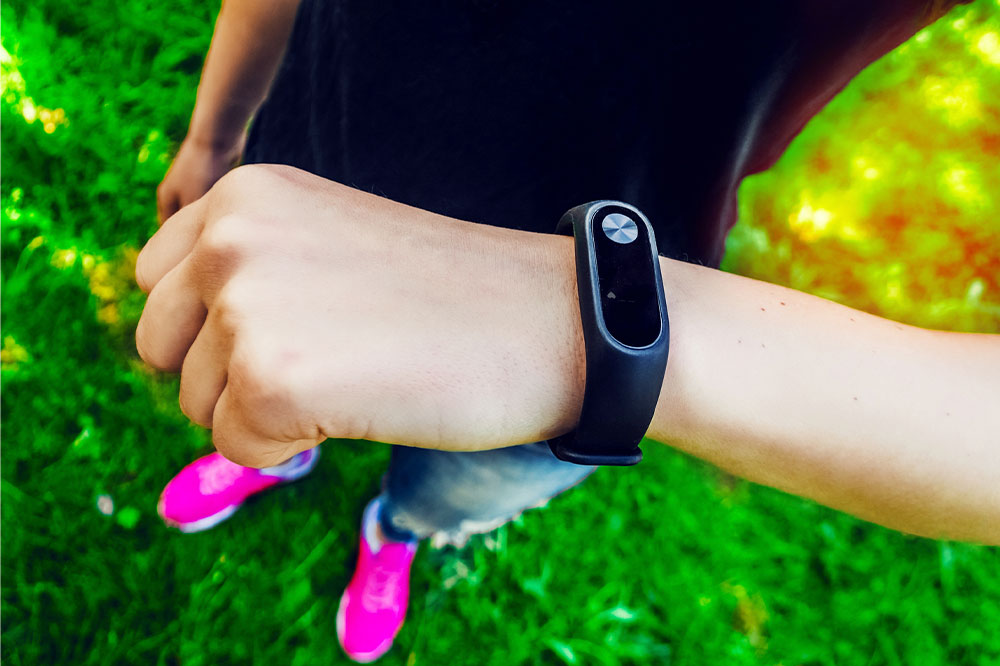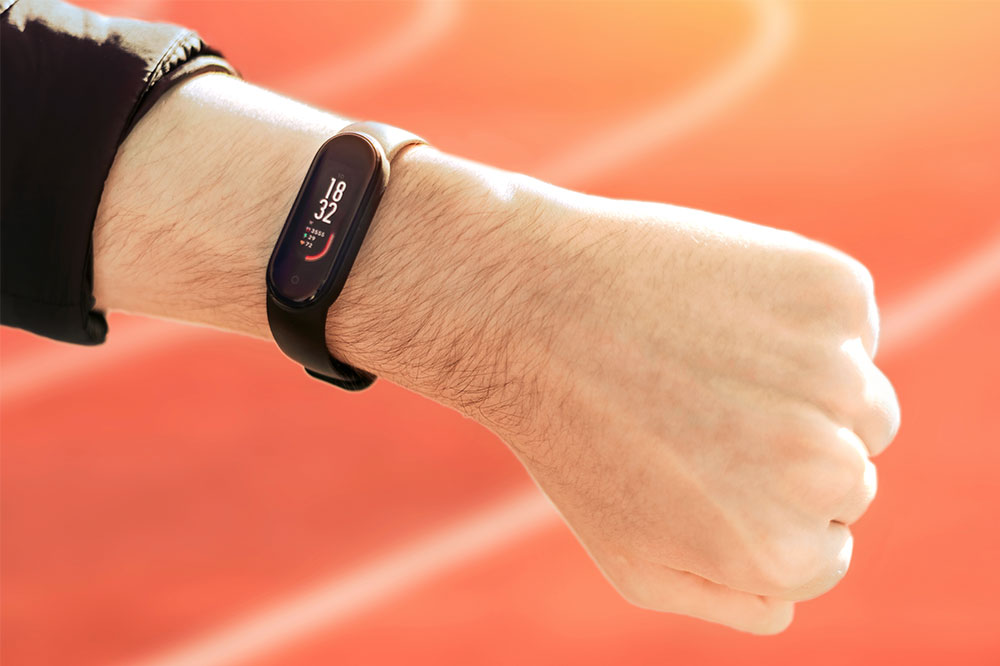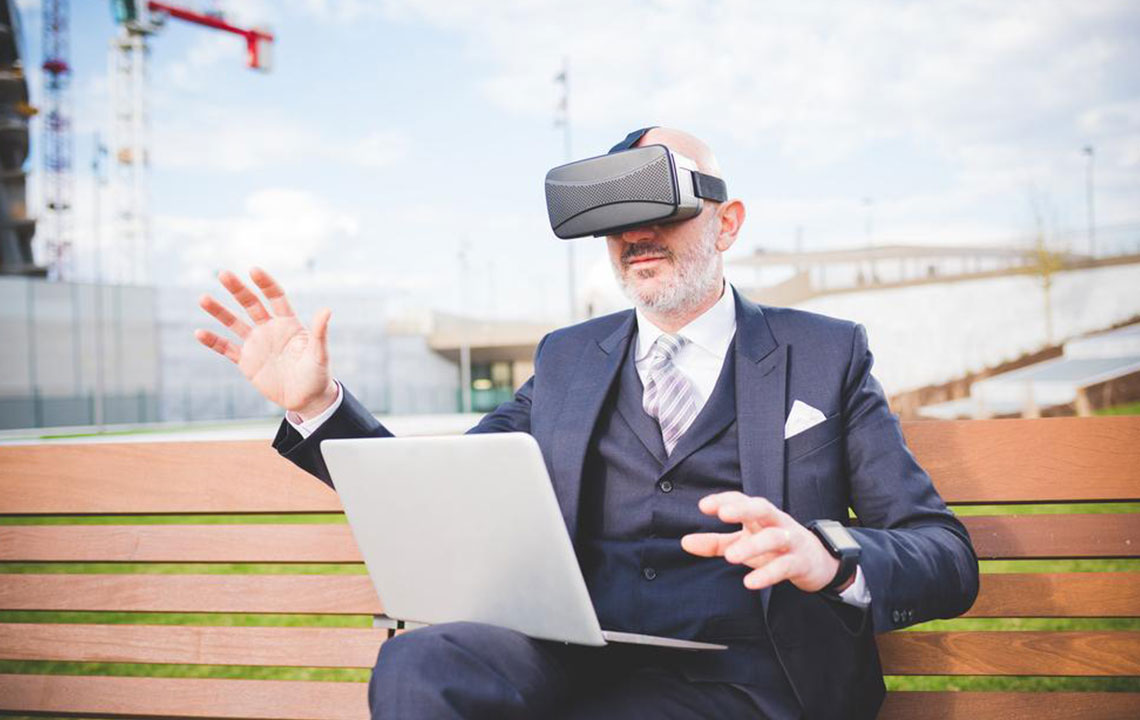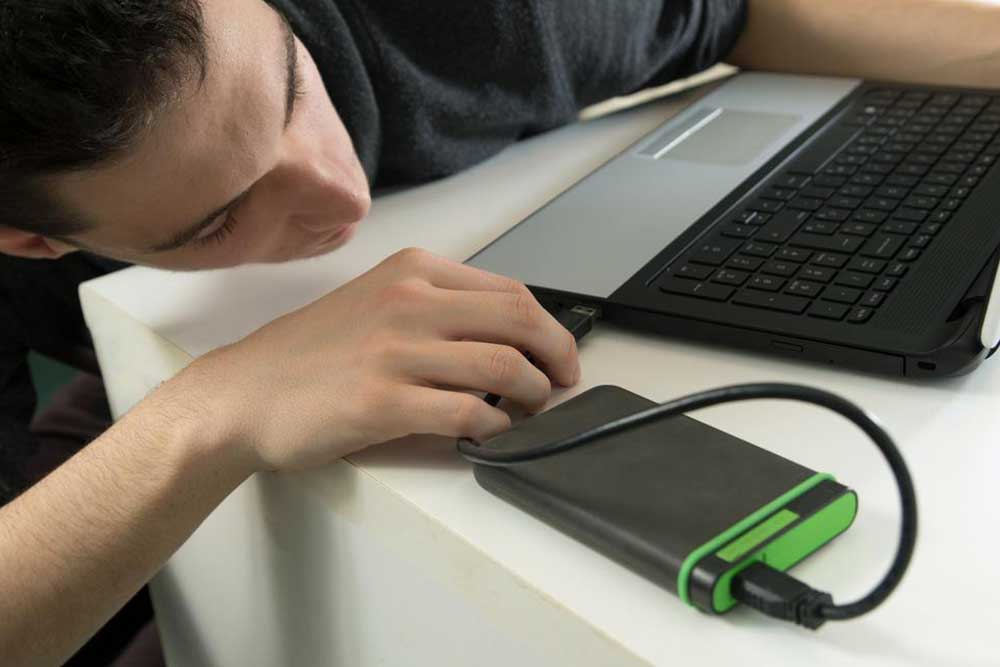The Expanding Role and Applications of Wearable Technology in Modern Life
Discover the vast applications of wearable technology and how these devices are transforming health, fitness, style, and daily convenience. From fitness tracking to medical support, wearable devices are evolving rapidly, offering users personalized solutions for better living. Explore the latest trends, popular gadgets, and future prospects in this dynamic industry that blends innovation with everyday life.
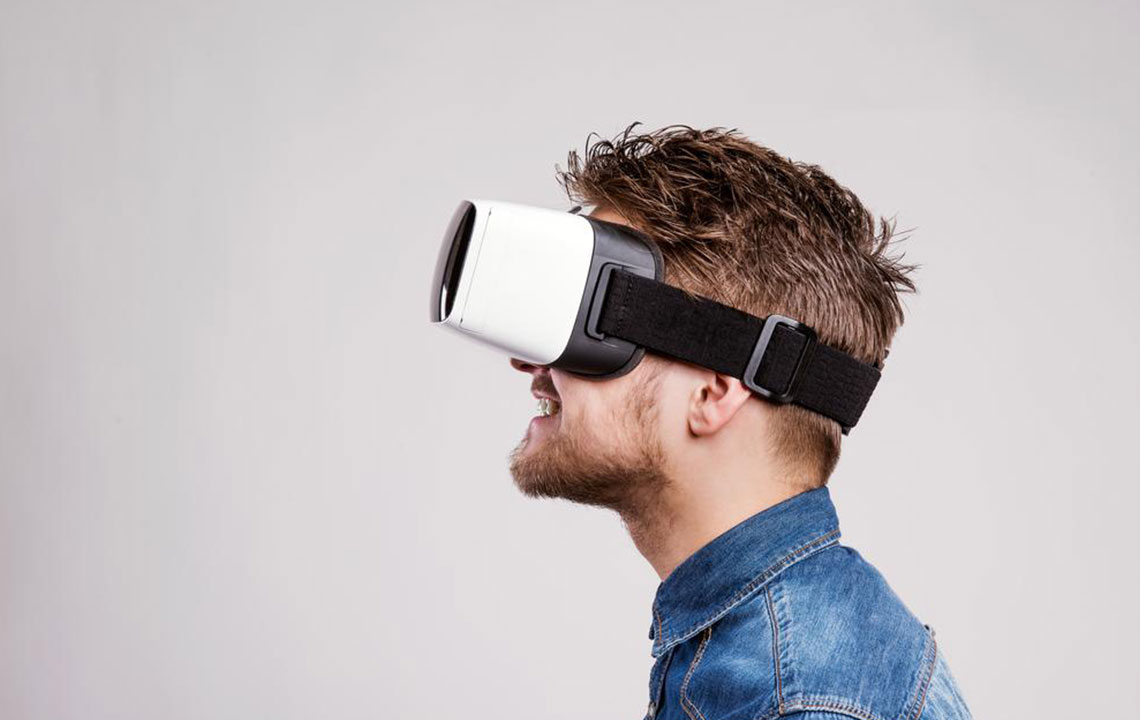
The Expanding Role and Applications of Wearable Technology in Modern Life
Wearable technology has rapidly become an integral part of daily life, revolutionizing how we monitor health, enhance productivity, and express personal style. These versatile devices serve a multitude of purposes, ranging from fitness tracking to health management, and even extending into fashion and personal communication. As technological advancements continue to progress at a remarkable pace, wearable gadgets are becoming more sophisticated, durable, and user-friendly, enabling users to seamlessly integrate them into their routines for both professional and personal benefits.
Today, wearable devices are employed across various domains including health, fitness, entertainment, communication, and even safety. They provide real-time data that empower users to make informed decisions about their well-being. Whether it’s tracking daily steps, monitoring vital signs, assisting in speech therapy, or providing navigation assistance, these compact gadgets are transforming the way individuals interact with technology and manage their lifestyles.
Fitness and health monitoring
Speech and voice therapy aids
Fashion and personal style
Hearing support devices
Alertness and energy assessment tools
Stress and health management
Calorie counting and dietary tracking
Athletic performance enhancement
Navigation and location services
Communication and messaging platforms
Media control and interaction
Device synchronization and data sharing
From sleek smartwatches to specialized health devices, wearable technology continues to evolve in response to consumer demands and healthcare innovations. Features such as enhanced battery life, water resistance, and integration with smartphones and other gadgets have significantly improved user experiences, making wearables more accessible and practical for everyday use.
Since their emergence, wearable devices like Fitbit Flex, Jawbone UP, and later on, smartwatches from Samsung and Apple have gained significant popularity. According to the 2014 PricewaterhouseCoopers Wearable Future Report, approximately 20% of American adults owned a wearable device at that time. The surge in smartwatches visibility has played a vital role in mainstream adoption, with brands leveraging their sleek designs and functional features to appeal to the mass market. Even though certain innovations like Google Glass faced challenges and limited market presence, developments such as smart shoes tailored for visually impaired individuals highlight the ongoing innovation within the wearable tech industry. In healthcare, wearables are no longer just consumer gadgets but have become vital tools for medical monitoring, offering possibilities for self-assessment and remote patient management. Collaborations with health organizations and advances in sensor technology continue to push the boundaries of what these devices can achieve in clinical and everyday settings.
